WSG 13 Greece
Greece
Greetings from Greece! No kidding, I’m in Greece. For this, the 13th, edition of WSG I will share my observations and experiences whilst here for no particular reason, alone. It is true, I am (sort of) alone in a foreign country (which I last did in my early 20s a few times). But, I am not here for no reason. I have a daughter doing a program in Greece that actually happened. So, I took the opportunity to have an adventure after making sure I would still have a husband when I returned.
Now...I’m in Greece! I have been in Thessaloniki, which is on the ocean, for 11 days with some side trips a few days here and there to the beaches and islands. It is the second largest city in Greece and longest surviving, founded in 315 BC. It is a lovable place and affordable. The people are very patient and kind. Most speak English, which is great because greek is not a simple language. No urban attitude, like what might be found in Athens from what I am told (though I don't know that first hand). My step father and step brother are involved in a school here called Anatolia College and I have them to thank for this opportunity to explore. As a result, I have met some wonderful new friends (Charis, Panos, Constantinos and Dimitra, and Elena) and gotten to see some areas that I may not have gone on my own. Generosity appears to be part of the Thessoloniki people’s DNA. Nothing is too much of an effort, and you will never go hungry.
Exhibit A, the amount of food on a plate served at a restaurant, any restaurant, is huge. There are no single portions. My frugal New England ways chafe at the amount of food I have to leave because I will burst if I eat anymore salad, olives, or fish. I have not seen doggie bags and something tells me they do not exist. This brings me to my List of Observations So Far in Greece. But, first a photo.
List of Observations in Thessaloniki, Greece. No particular order:
European cities have a smell that is different from the US. Is it the diesel? I love it.
European cities have a smell that is different from the US. What is it? Urine? I don’t love it.
They have public phone boxes that are not used as waste baskets.
They have newsstands like we used to.
They still use tv antennae which cover the roof tops.
Lots of noise from mopeds and motorcycles, not in a bad way.
The smell of cigarettes. A lot of old school smoking here.
Graffiti everywhere, not sure if this is a covid thing.
People on bikes don’t drive the wrong way, ever. Less pedestrian anxiety.
A ton of coffee drinking and well after 4pm.
Not like our coffee...more speciality types, like latte.
“Neh” means “yes” in Greek.
No Ubers.
Tons of cabs, many fancy Mercedes wagons, diesel.
Their produce is a lot better.
There are a ton of bakeries.
There are a ton of places to get ice cream (sometimes within the bakeries).
There are many bookstores.
There are a ton of pharmacies, practically one on every block.
Most cars are stick shift. Our kids would be screwed if they had to drive here.
No leaf blowers.
No one wears a hat and it’s so hot and sunny. Like, no one.
Most still wear a mask in the city inside and out.
Not many dogs. A fair number of feral cats.
Dogs aren’t fixed, apparently.
“Straight” men wear snug, lower thigh length jean shorts.
At the beach, I saw no hats on people. Why? It isn’t windy. It’s super hot and sunny.
Cultural observation of Ancient Greece and Modern Life
A trip to the Hellenic Museum In Thessaloniki.
I was an art history major in college and one of my favorite periods was Hellenic art and archeology. The Hellenic museum had lots of wonderful tidbits I had not known about. This is what going to museums is all about! One area that stuck out to me was the lifestyle customs of the more affluent greek society women. On display are the remains of the makeup the women used, the hair styles, the jewelry and clothing.
For instance, one display notes:
“Miltos was a red mineral substance ground into a powder and applied to the cheeks to redden them.
A mix of miltos, olive oil, and beeswax produced lipstick. A mix of charcoal dust and olive oil made eyeshadow!”
Amazing! This was in the 5th century BC. I have to include this as well:
“Perfumes were made from the roots, flowers and leaves of aromatic plants. They were kept in perfume vases with slender necks to keep them from evaporating.
Cosmetics such as psimythion, a lead-based, whitening cream, were kept in special vessels with a lid, called pyxides (the term “crazy white bitch” stemmed from the use of this lead-based whitening cream. Just kidding).
Mirrors were usually made of polished bronze.
Combs were made of wood or ivory.”
Incredible artifacts also shown were single use vessels made out of blue glass in the shape of elongated birds. They contained perfume that was only good for one use. The tip of the tail was broken off, substance used and then thrown away. Today, there are face oils bought in the same manner. What trash picking delights for our archeologists!
Hairstyles. You have never seen hair-dos like these women had. Please see above. The “elaborate hairstyle” was quite the thing. Here is a link to more about the hair styles.
Not shown much at the museum were the pornographic depictions on Greek vessels. I have not seen many first hand, but, apparently the sex scenes back in the day were explicit. I half thought there might be a curtained off section containing the plethora of “offensive imagery,” like the way Mike’s Videos had the creepy porn section. But, they had a few examples out in the open that they titled “Depictions of love scenes.” well, I guess. But, “Love” did not look like it was in the eyes of these racey ancients.
Moving on. Two clay vessels (alabastron), one was plain clay and the other shown like silver, see above. Turns out, this is an example of “is that Rolex real?” Apparently, even in the 5th century BC people wanted to impress and were willing to tote a fake to look fancy. The silver alabastron above is actually not silver, but clay wrapped in tin. Perfect for the ancient Wanna-be.
Ancient Greece feels a lot like modern times in many ways. The hair and makeup and jewelry, the expensive (looking) accessories all speak to a “mine’s bigger” culture. So, we don’t have to feel so badly about being shallow, after all! We come by it naturally!
The above “stele” contains quite a mouthful by the goddess, Artemis (known as Diana by Romans. She was the goddess of wild animals, the hunt, vegetation, chastity and childbirth. Twin sister of Apollo) See part of her (or someone’s) 1st AD words below (imagine how long the whole stele is?):
I am the one who discovered wheat for mankind
I am the mother of King Horus
I am the one who rises in the Dog-star
I am called Goddess by women
For me was built the city of Bubastis
I separated the earth from the Heaven
I showed the paths of the stars
I regulated the course of the sun and the moon
I devised the activities of seamanship
I made what is strong
I brought together woman and man
I assigned women to bring into light of day their infants in the tenth month
I ordained that parents should loved by their children
I imposed punishment upon those unkindly disposed towards their parents
I with my brother Ostris put an end to cannibalism
I taught men the initiation into mysteries
I instructed them to revere images of the gods
I established the sacred cult places of the gods
I abolished the rules of the Tyrants
I put an end to murders
I compelled women to be loved by men
I made the right stronger than gold and silver
I ordained that the true should be considered good
I devised marriage contracts
So, Artemis. Not a lot of laughs but clearly a woman to be respected. Really glad she took care of the cannibalism thing.
How we view what the Greeks and Romans left behind.
Most of us look at the ancient ruins in cities across Europe and see either peaceful white marble or tiny clay bricks. Typically, those bricks were covered with marble or other stone. Somewhat hilariously, over the milenia, people jimmied off the stone to use for other purposes. Leave a nice car unattended in a nasty neighborhood in the 80s and come back to a stripped car on blocks. The ancient structures were no different. We can kind of relate to that, use it or lose it.
But, the really disturbing fact is that marble was painted back in the day. Yes, it’s true. The white marble was painted very brightly, in blues, reds, yellows, golds, black. Super cheesy, in fact. No, the ancient towns were not a sea of peaceful calm, modern white marble. But a cacophony of nutso colors. The above photo shows the trace of original paint from the 260s BC at The Museum of the Royal Tombs of Aigai in Vergina about an hour from Thessaloniki. Imagine the full color edition? And then there are all those statues we love to look at (see BBC article here). Those statues were all painted too. The eyes in the sculptures had eyes painted onto them. I'm thinking spooky.
What does this mean for us moderns when we feel we understand something in history, but find out it is totally not the way we imagine it to be? There must be a lot of things we just weren’t told in school (hahaha. Ya think? A timely reflection on what is taught and not taught in school) Ancient history is white washed (no pun intended) and this is too bad, because as you can see we are not so very different from them in many ways. What drives us. What we want. For instance, we, none of us, want to be eaten (thank you Artemis).
A Recipe You Wont Hate
Roasted Egg Plant with Feta Cheese
This is an incredibly simple recipe.
Take out your credit card and book a flight to Thessaloniki, Greece. Take a day to recover. Grab a bus or a cab (90 euros) to Afitos. Go through the town and directly to the beach. The restaurant is the first place you’ll see, looks like this:
All kidding aside: Eggplant, olive oil, salt pepper, feta, parsley. Grill the eggplant, schlop it out of the skin and put on a plate like shown above.
That’s all for now folks! xo K



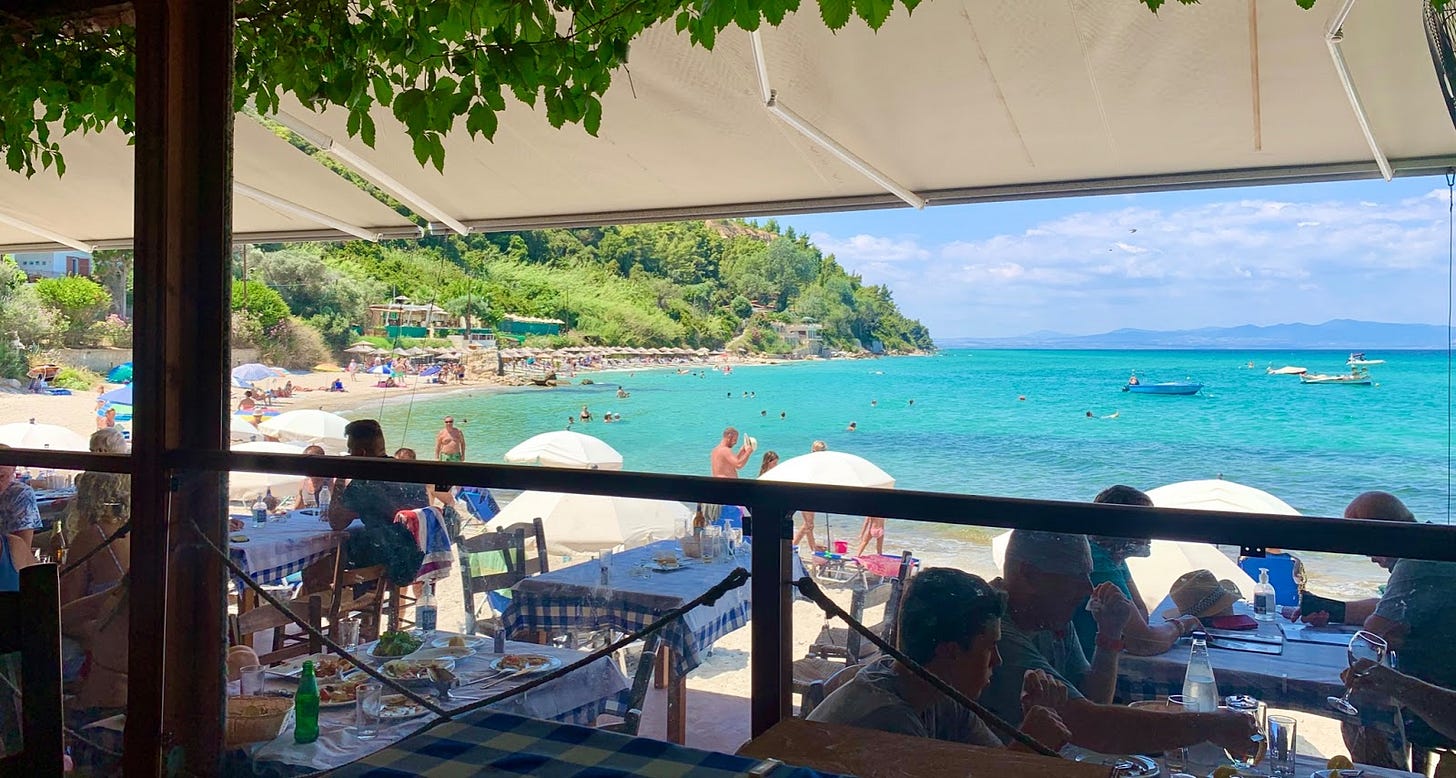
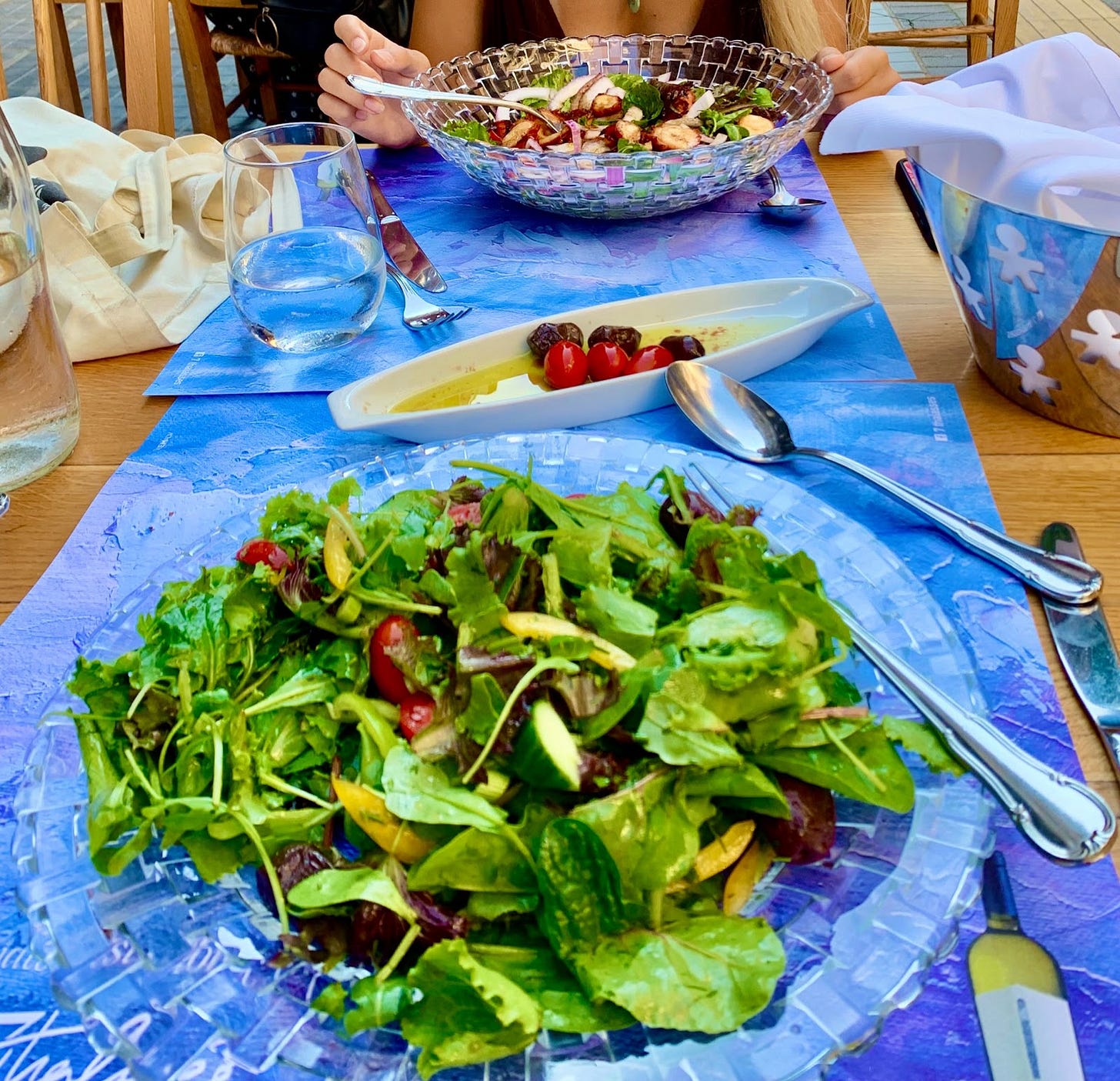
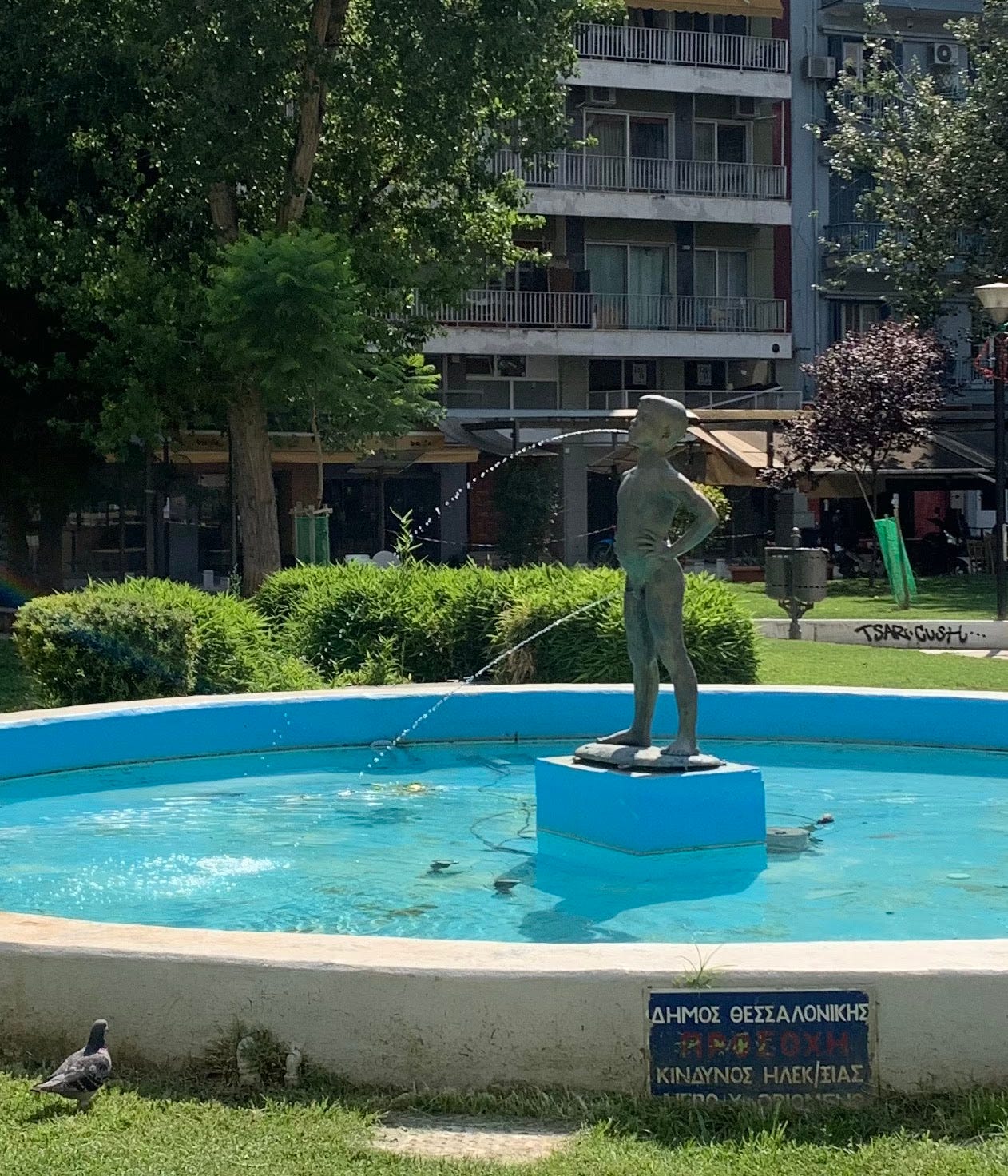
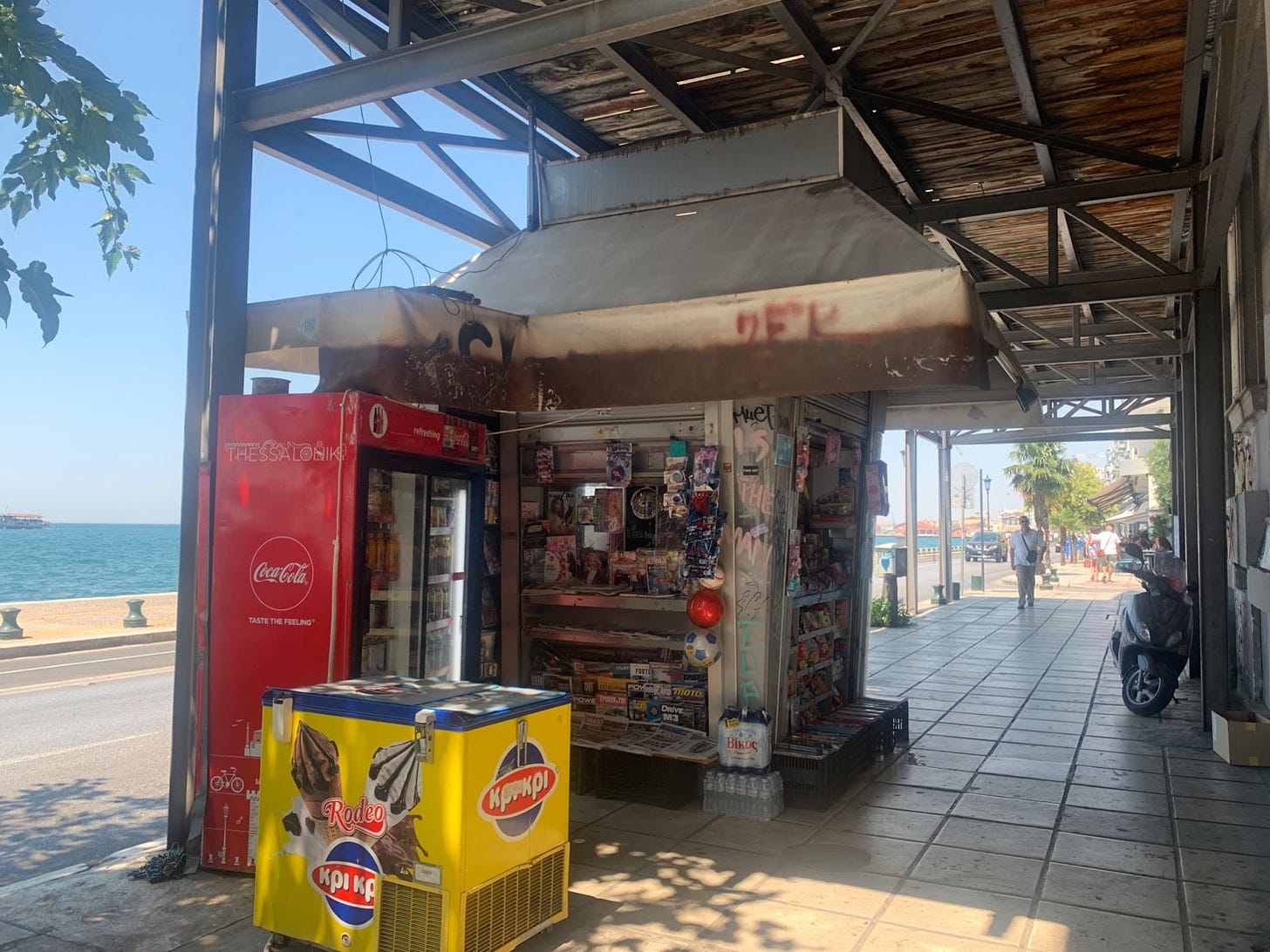
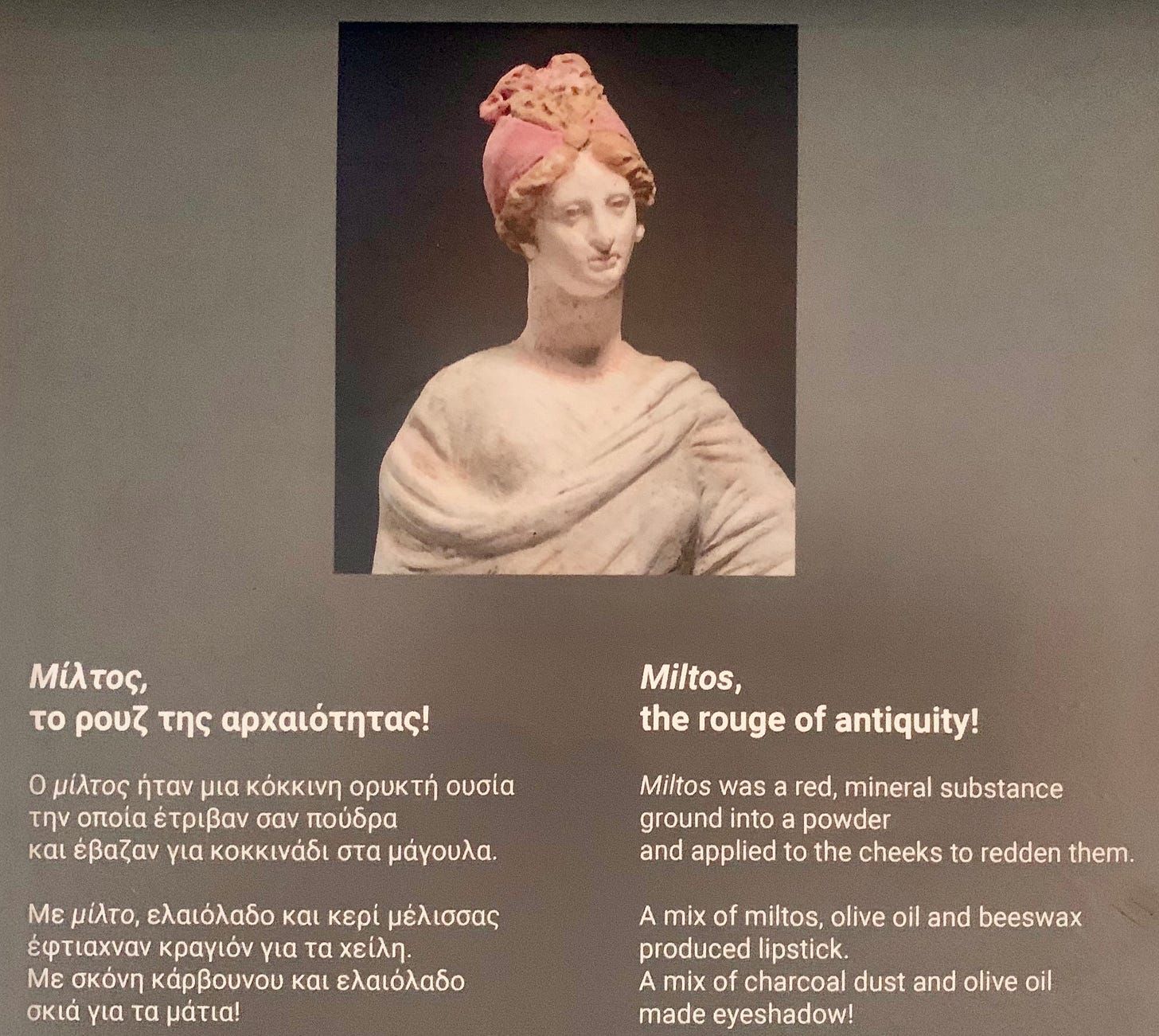
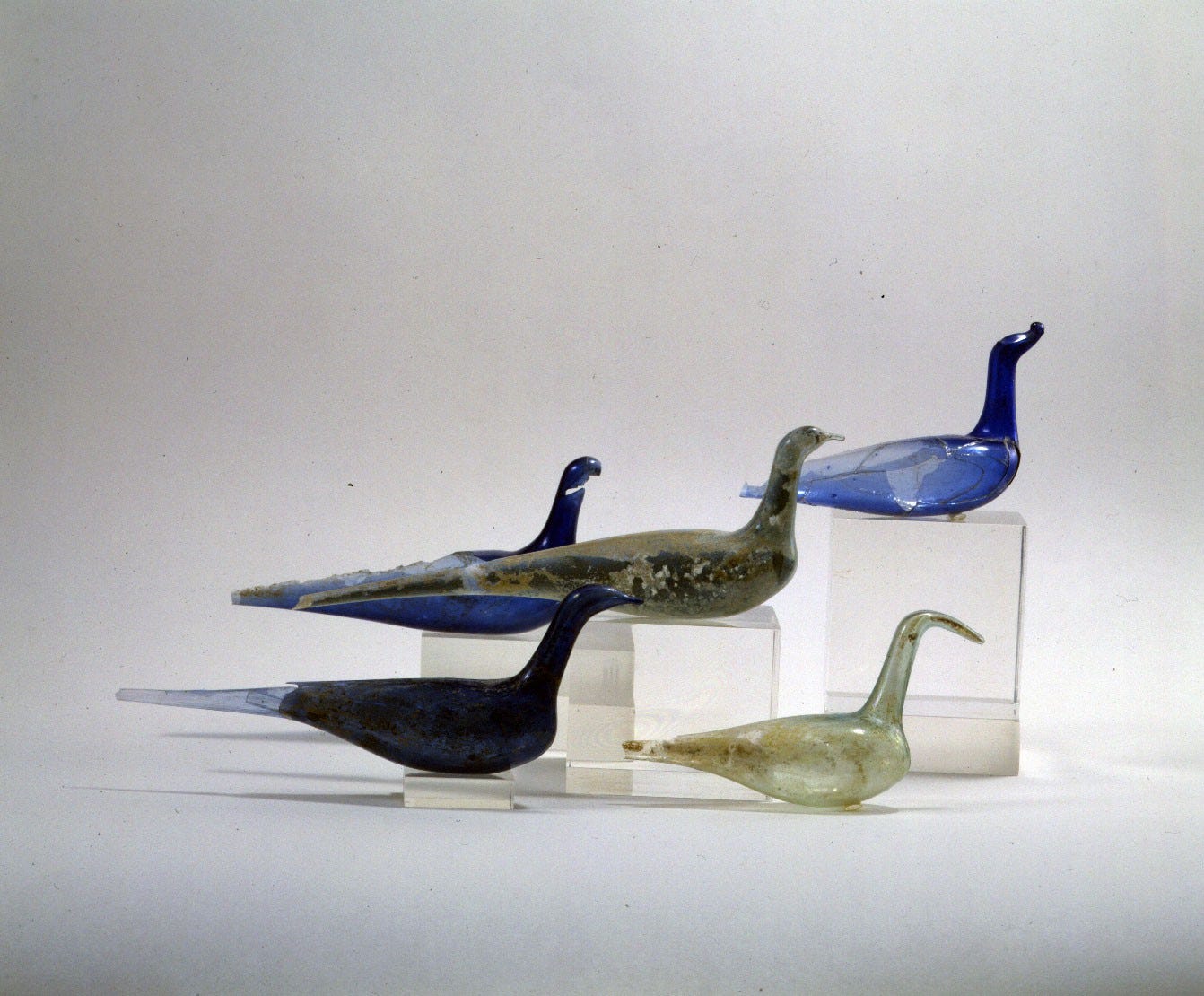
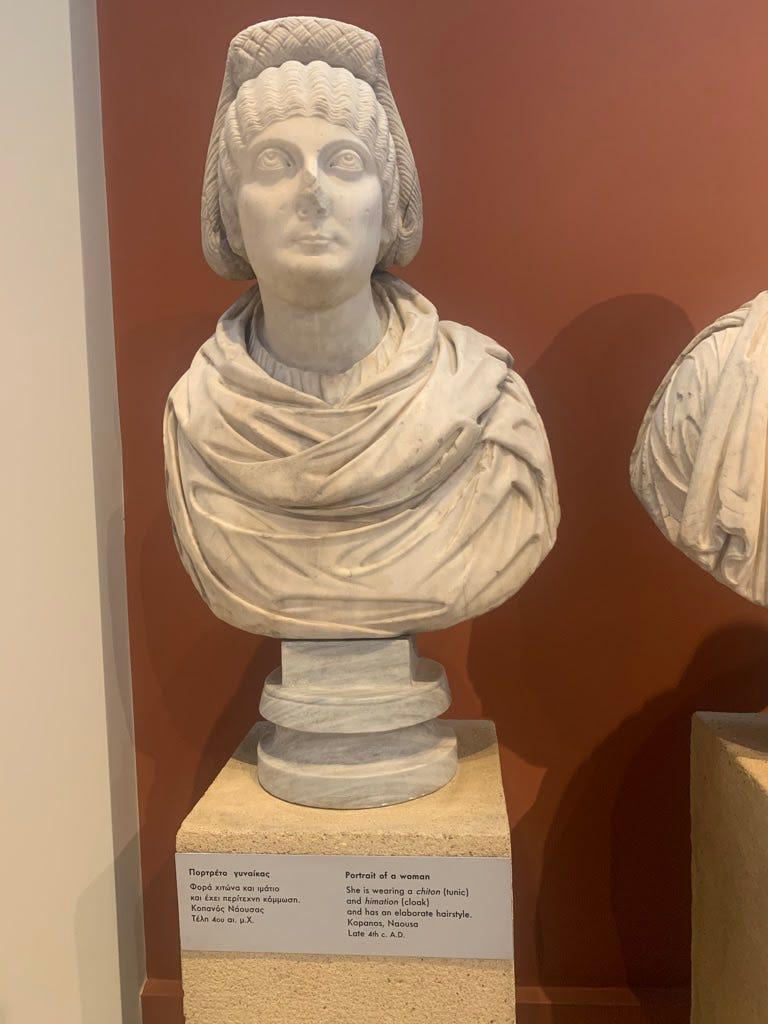
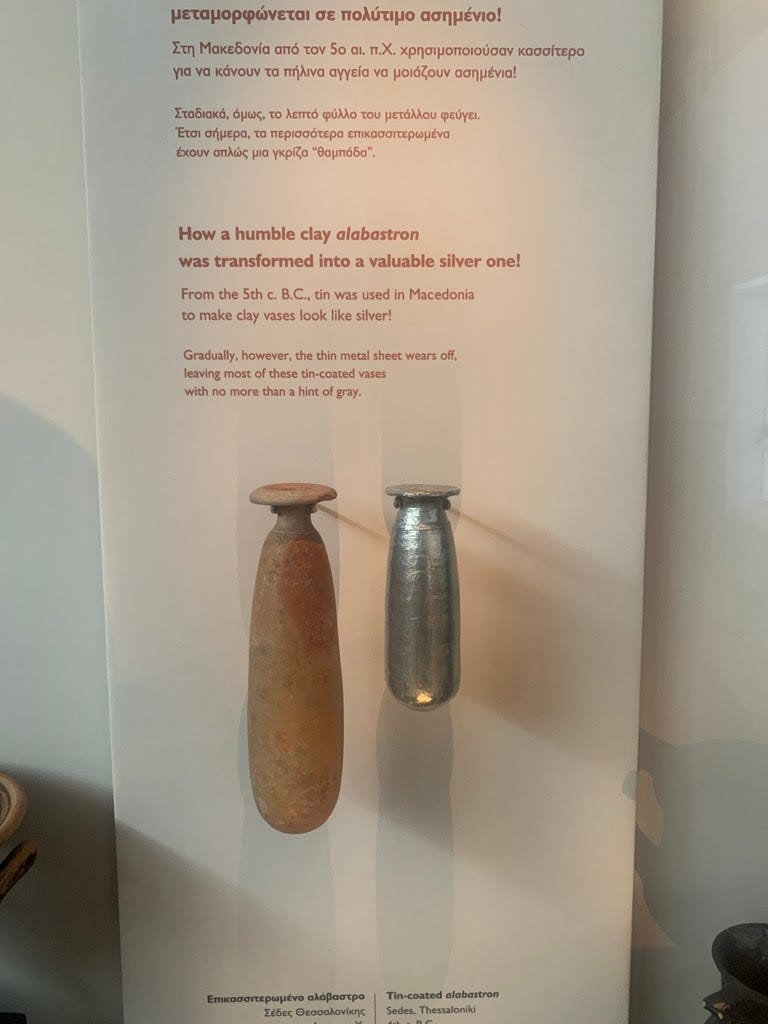
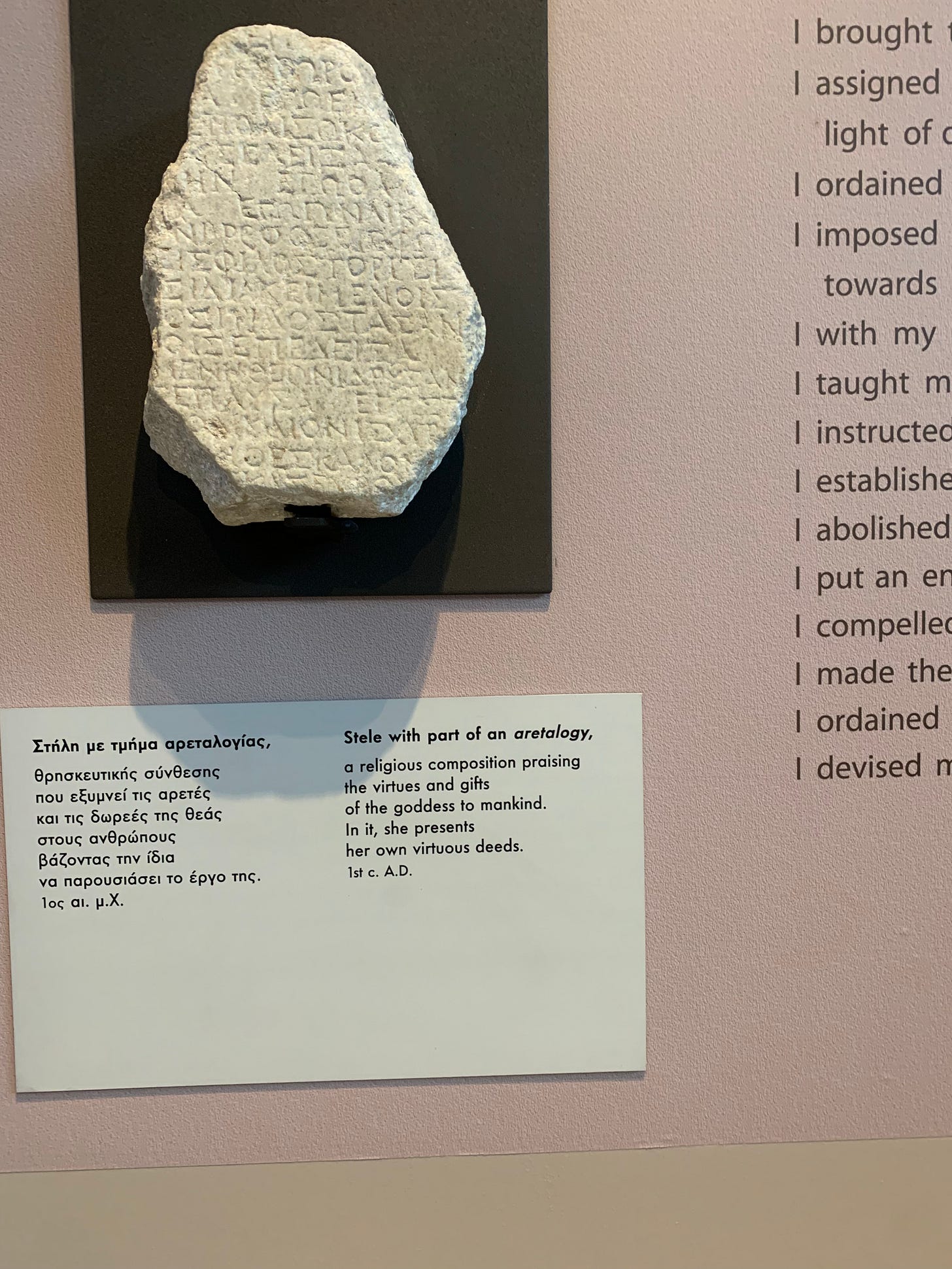
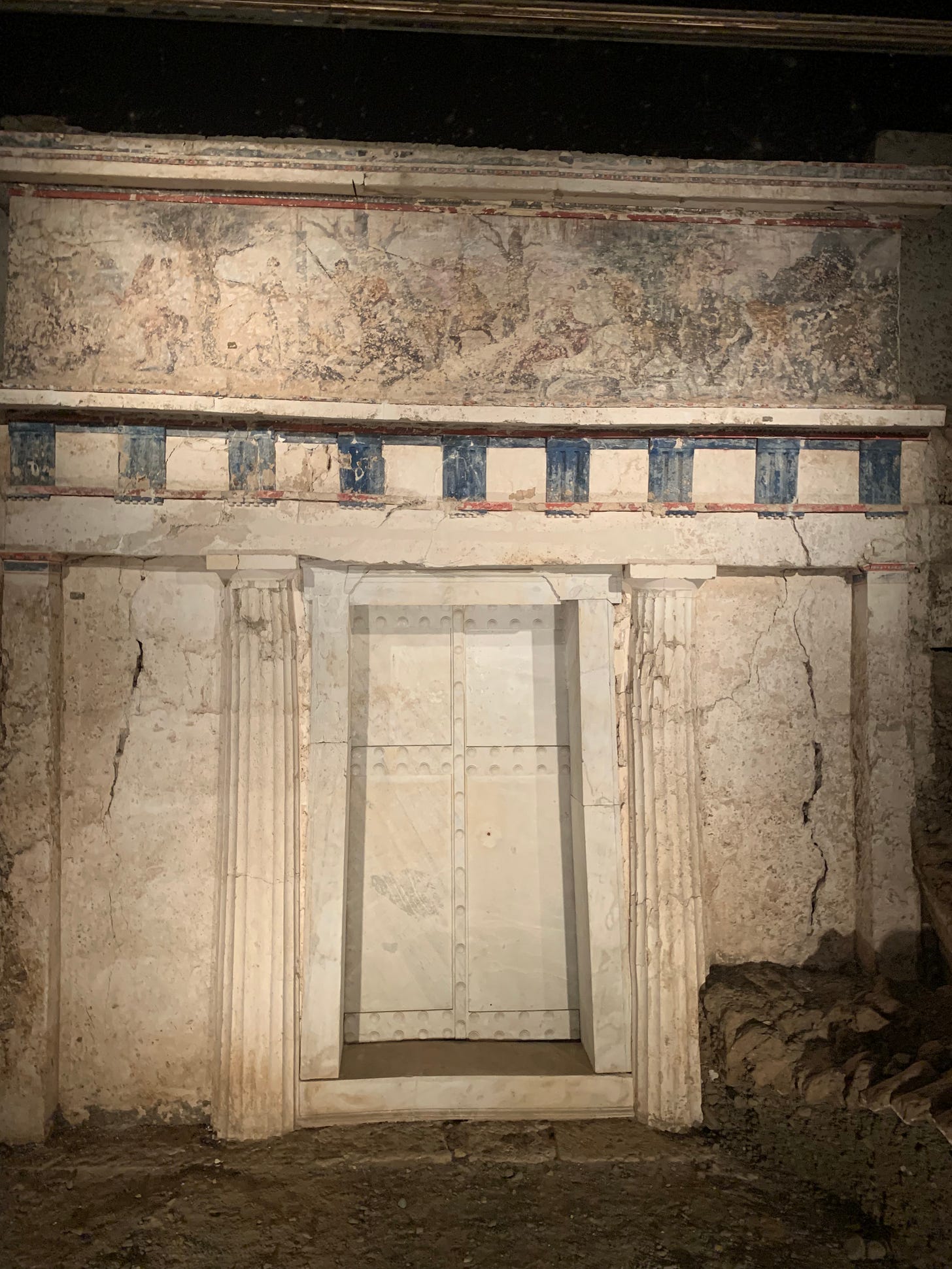
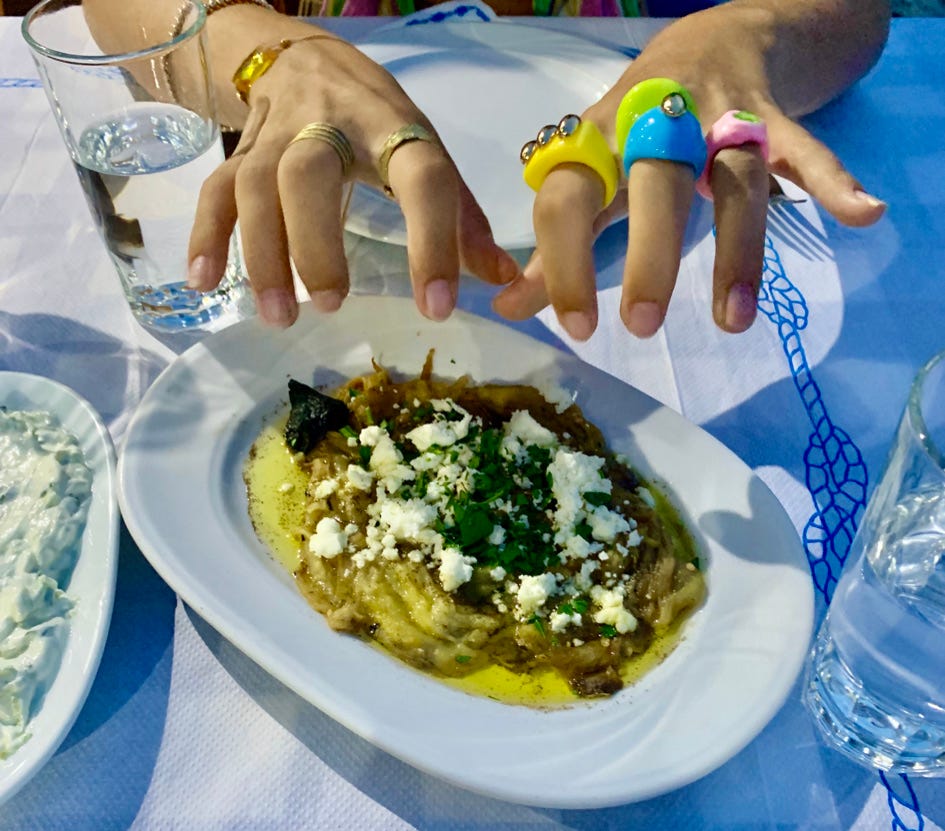
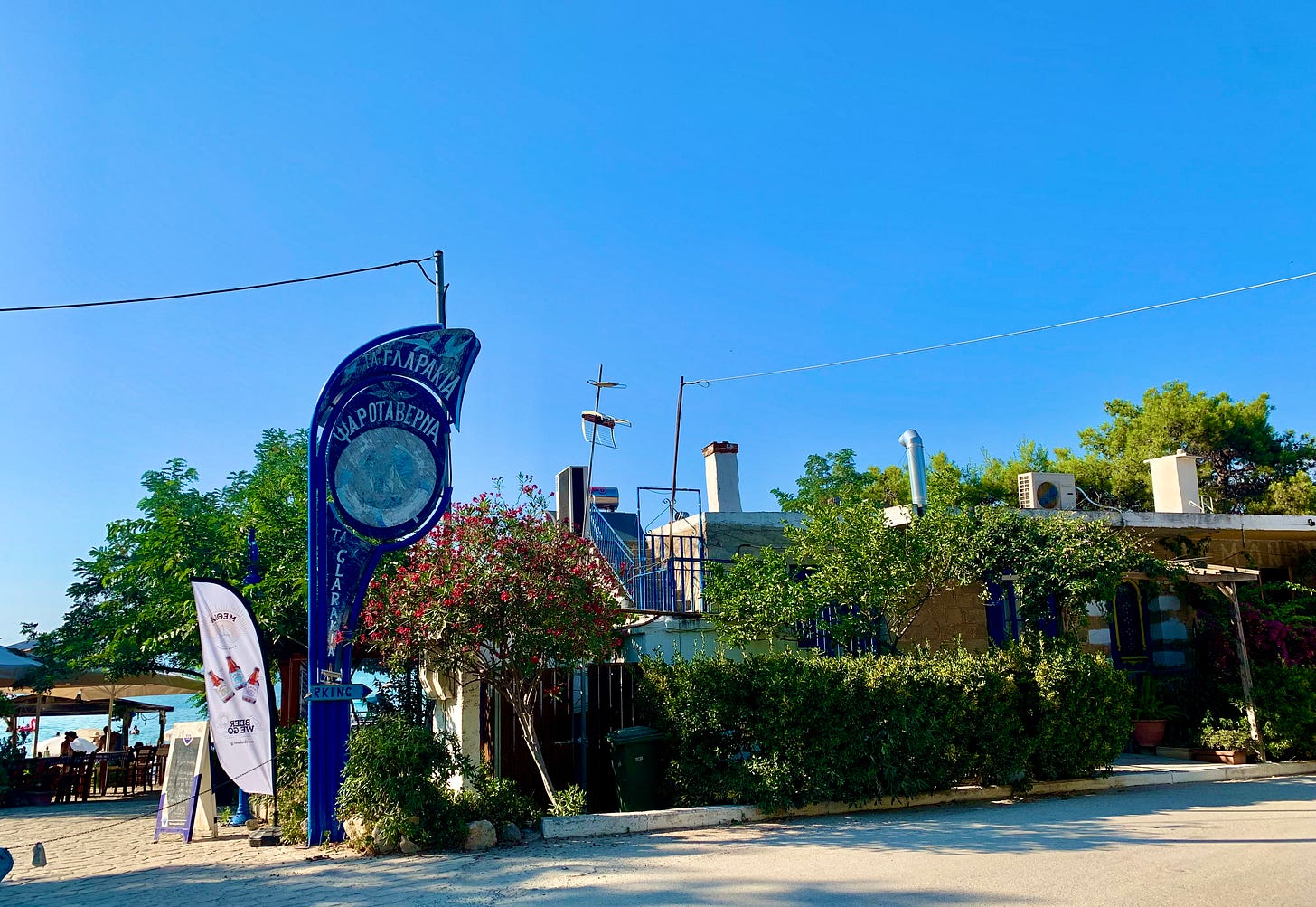
Might be my favorite yet. Be your own fashion trend setter and wear a hat!
Really fun read!! Am only disappointed that the recipe section didn’t get into liver, fava beans and a nice Chianti...